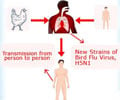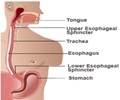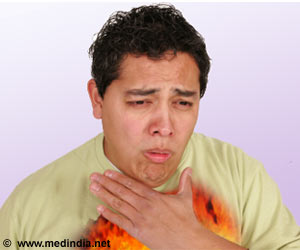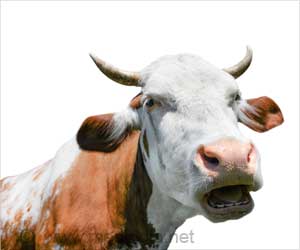A novel strategy that could potentially form a primary component of a universal influenza vaccine capable of providing long-lasting protection was suggested by researchers.
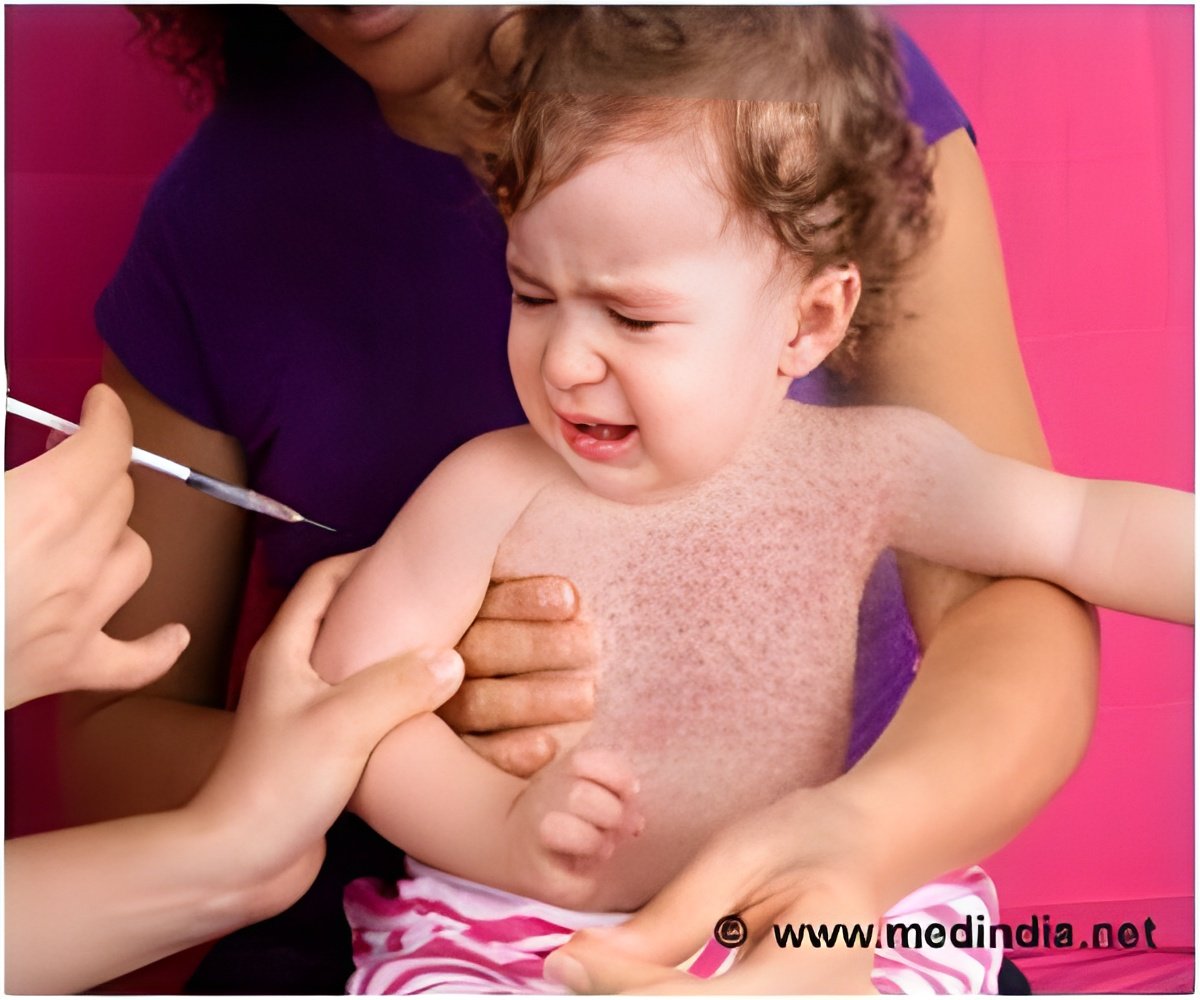
Yearly vaccines are made by growing the flu virus in eggs. The viral envelope proteins, including HA, are cleaved off and used as the vaccine, but vary from year to year, depending on what flu strains are prevalent.
However, high mutation rates in envelope HA proteins result in the emergence of new viral types each year, which elude neutralization by pre-existing antibodies in the body (specifically the HA proteins' specific receptor binding sites that are the targets of neutralizing antibodies).
On the other hand, other immune cell types are capable of mediating protection through recognition of other, more conserved parts of HAs or highly conserved internal proteins in the influenza virus.
E. John Wherry, PhD, associate professor of Microbiology and director of the Institute for Immunology at the Perelman School of Medicine, University of Pennsylvania, and colleagues, have said that influenza virus-specific CD8+ T cells or virus-specific non-neutralizing antibodies are each relatively ineffective at conferring protective immunity alone.
But, when combined, the virus-specific CD8 T cells and non-neutralizing antibodies cooperatively elicit robust protective immunity.
Advertisement
"The two-pronged approach is synergistic, so by enlisting two suboptimal vaccine approaches, we achieved a better effect than each alone in an experimental model," said Wherry.
Advertisement
Overall, our studies suggest that an influenza vaccine capable of eliciting both CD8+ T cells and antibodies specific for highly conserved influenza proteins may be able to provide protection in humans, and act as the basis for a potential 'universal' vaccine, he noted
Co-authors include Brian J. Laidlaw, Vilma Decman, Mohammed-Alkhatim A. Ali, Michael C. Abt, Amaya I. Wolf, Laurel A. Monticelli, Krystyna Mozdzanowska, Jill M. Angelosanto, David Artis, and Jan Erikson.
The researcher results were reported in PLOS Pathogens.
Source-ANI


